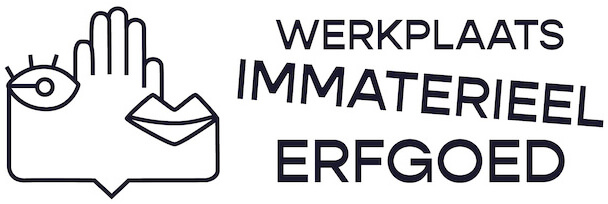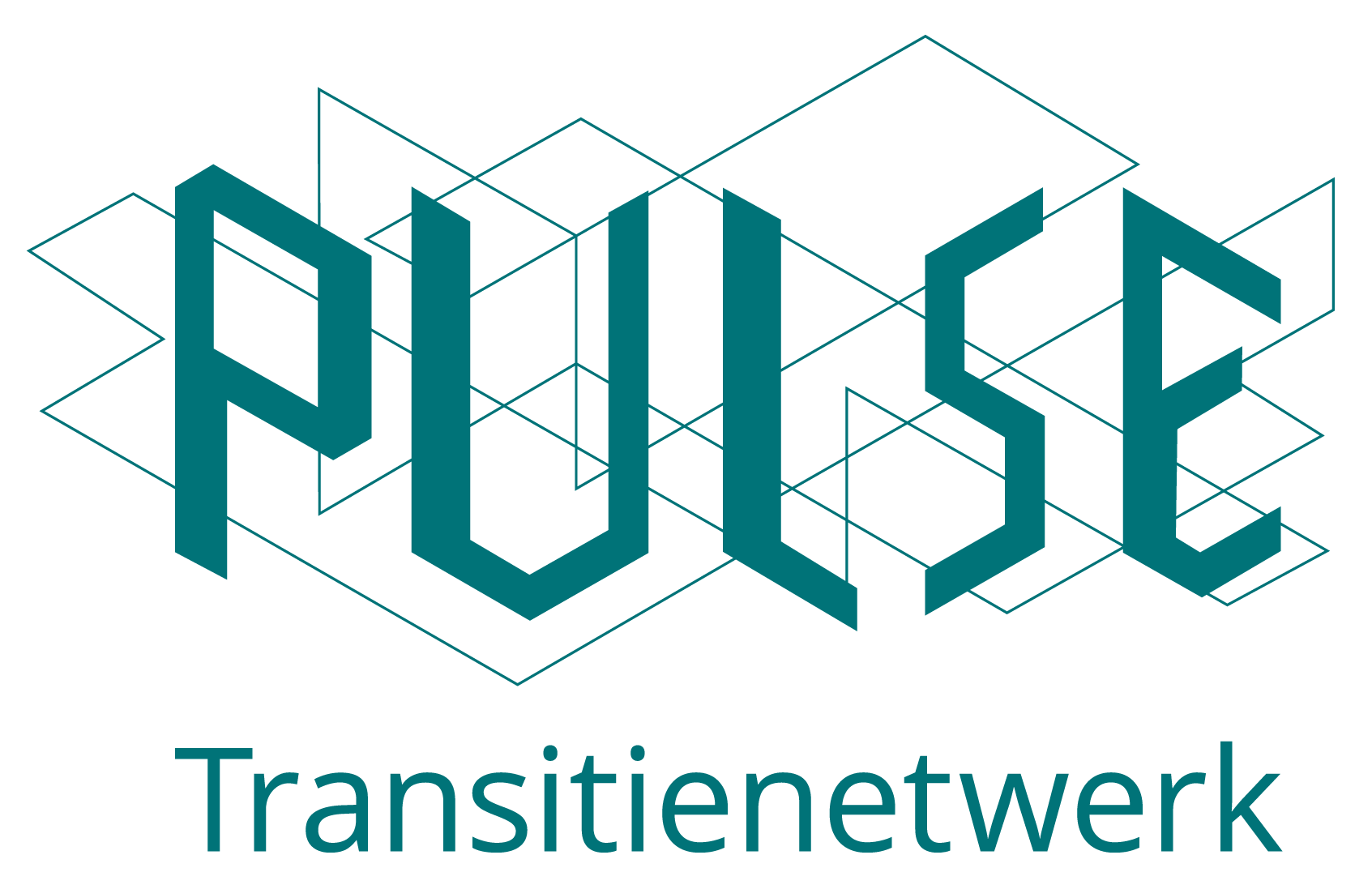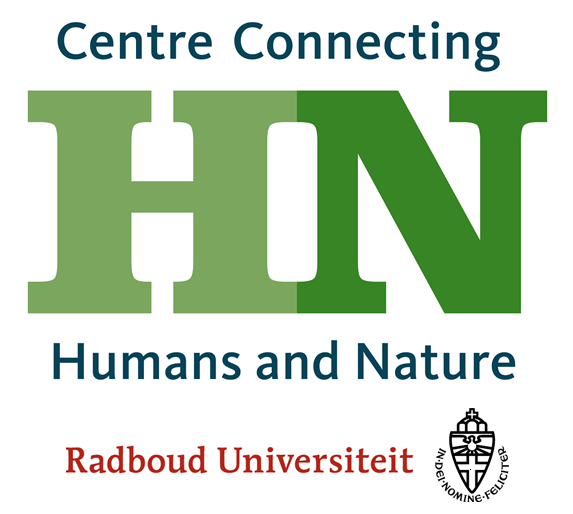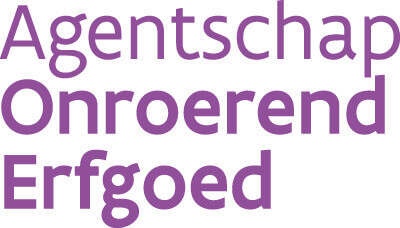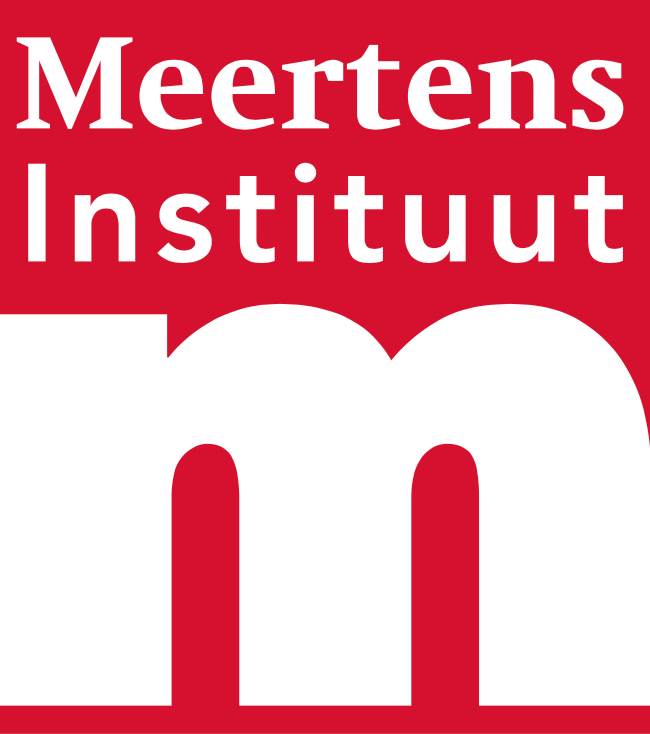Biodiversity has been systematically declining for decades. The disappearance of species and varieties poses a real threat to the planet. Knowledge and craftsmanship around small landscape elements, or also the care for pollinators and their environment, can slow down the loss of biodiversity and promote the conservation of endangered species and varieties.
In the themed year 'Preservation of biodiversity' we therefore investigate two intangible heritage practices: laying and weaving hedges, and beekeeping. Together with heritage communities and researchers, we expose the positive impact on biodiversity from this traditional knowledge and from these techniques.

Hedge laying
For centuries, hedge laying and weaving served to create impenetrable barriers. Hedges are densified and rejuvenated using various techniques and styles.
Although woven hedges rarely serve as livestock barriers these days, they still contribute to biodiversity through their diversity of flora and by providing shelter for small animals.

Beekeeping
The beekeeper comes in all shapes and sizes, from honey hunter to natural beekeeper. A centuries-old craftsmanship, whose practitioners possess a lot of valuable knowledge.
The honeybee is often seen as a competitor for other pollinating insects. How can beekeepers contribute to biodiversity?

Educational past
Traditional intangible heritage practices in hedges and bees are very topical and can make positive contributions towards greater biodiversity in our landscape.
To realize this potential, we uncovered a number of needs, requirements and insights for the first steps forward. We share these lessons learned in the hope of inspiring others to study and play a role in (intangible) heritage as a lever for ecological sustainability.











